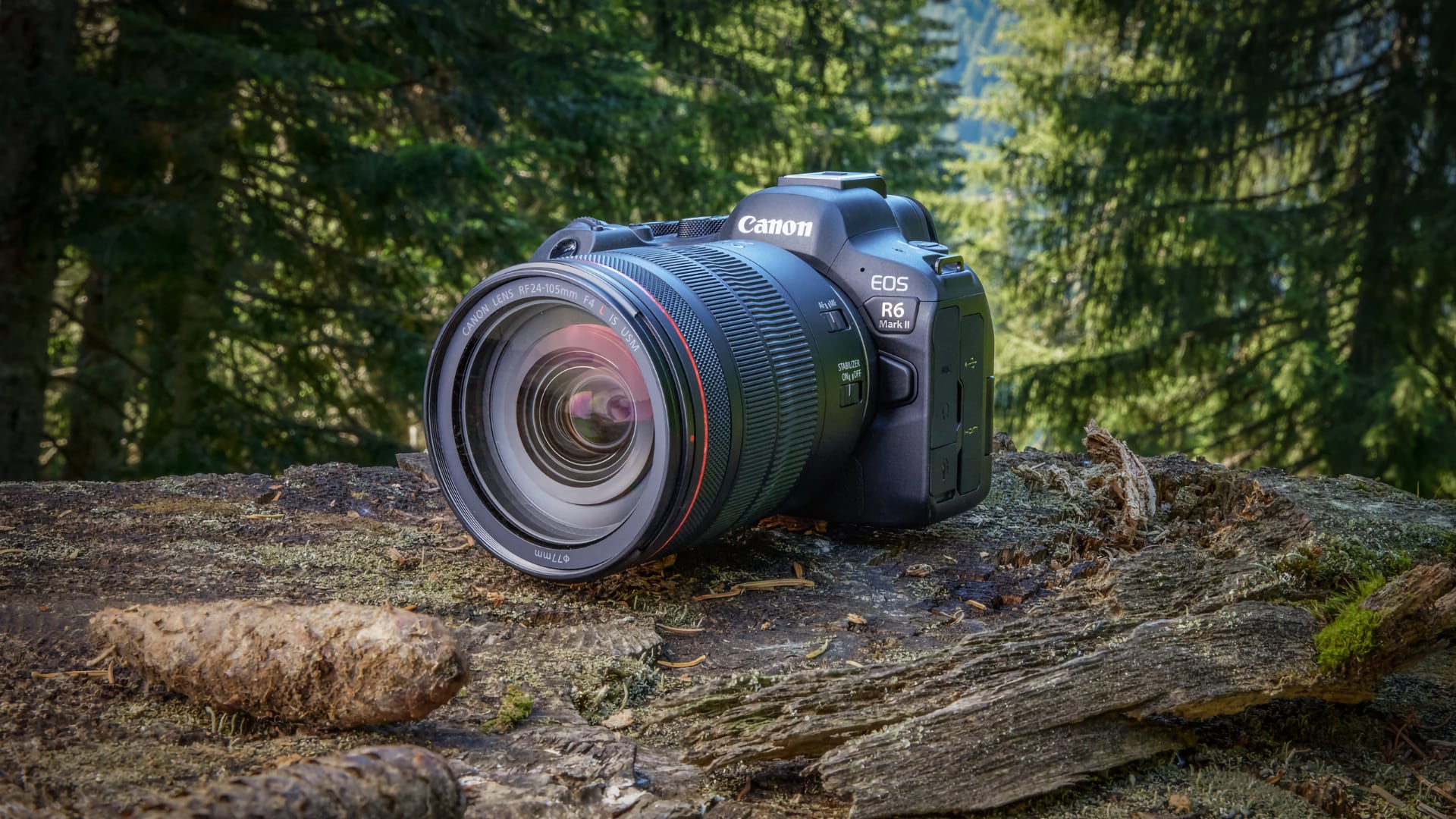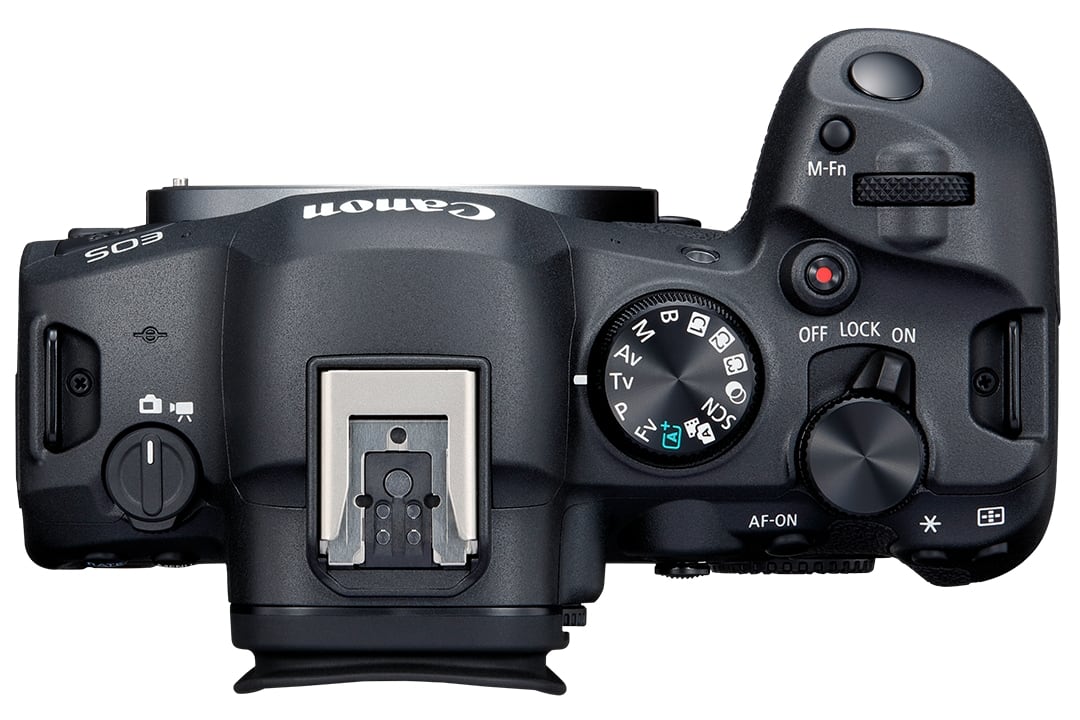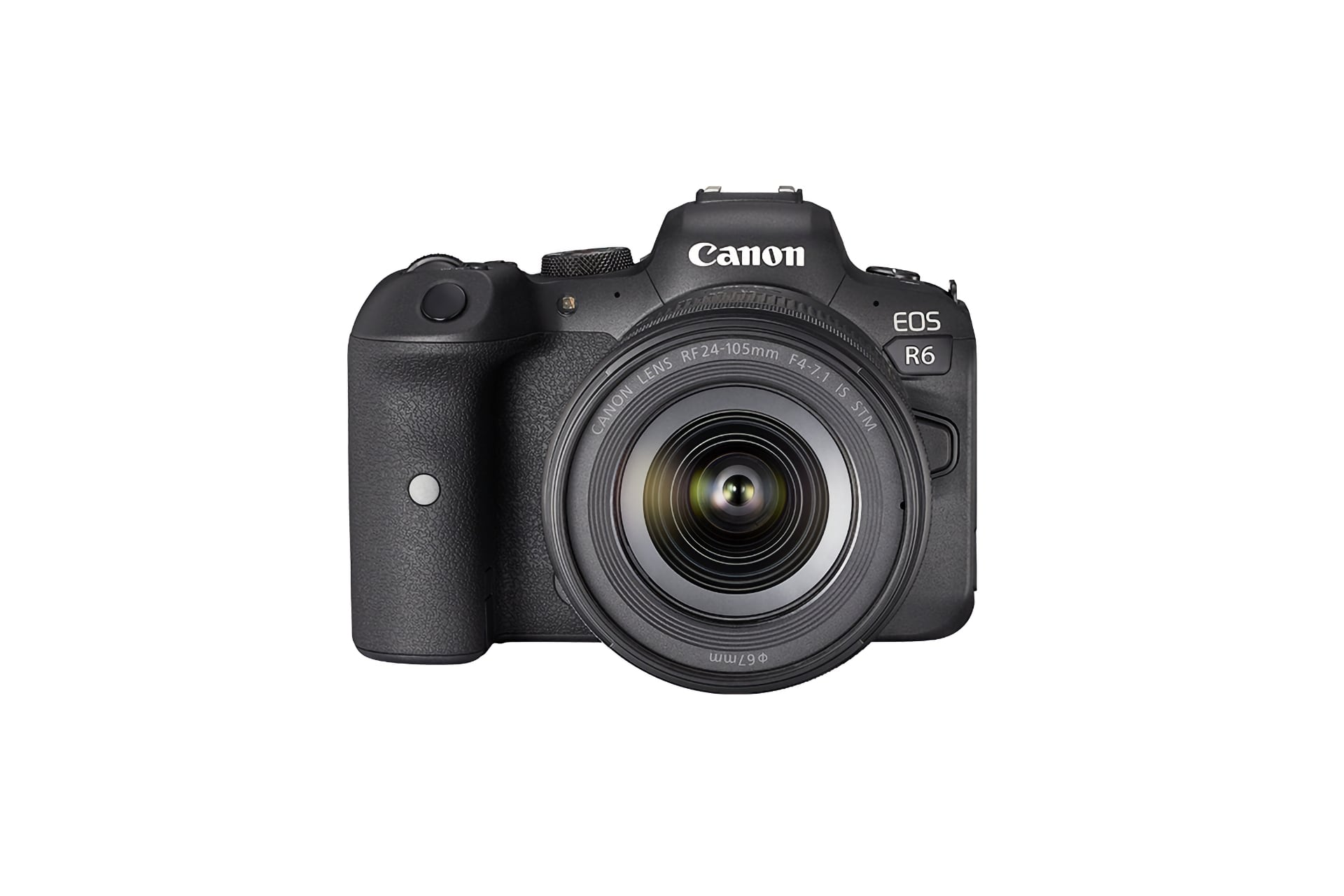
The new Canon EOS R6 Mark II offers 40fps, impressive low-light AF and 6K RAW / 4K UHD shooting, all built on the RF Mount.
Canon’s new $2499 EOS R6 Mark II is one of those cameras that looks like it is trying to do everything and, on paper at least, it look like it succeeds. We’ll let you know about the details when we get our hands on one. It’s based around a new 24.2 megapixel CMOS sensor and uses the same DIGIC X processor technology which was found at the core of the EOS R5, EOS R6 and even the EOS-1D X Mark III, so it’s got some serious chops right out of the box.

With a body design similar to previous RF-mount models, albeit with a few changes around the top of the camera such as a new switch to toggle quickly between stills and video modes, it’s got some interesting new tricks up its sleeve. One of those that Canon most wants to shout about is a newly overhauled autofocus and the ability to use AI to recognise people, an updated range of vehicles now including aircraft and trains, and animals (also updated to add in horses and zebras). This can all be manually set or users can rely on the auto detect.
It all goes further too. Eye tracking enables users to specify which eye (left or right) should be given focus priority. When the eyes can’t be detected, the EOS R6 Mark II focuses on the face in shot instead. According to Canon, even if a person turns away for a moment, their head continues to be tracked, and if the head isn’t visible the camera will go on to track the body.
Image stabilisation is impressive and runs up to 8-stops and provides hopefully shake-free shooting in light levels as low as -6.5EV4, as well as the ability to shoot up to ISO 102,400.
Video capabilities
Canon reckons that the EOS R6 Mark II is the only camera in its class that can shoot 4K 60p UHD, with simultaneous Dual Pixel CMOS AF II focusing. All 4k footage is created by oversampling the sensor’s 6K output, while it also outputs 6K RAW via HDMI output, which can be recorded on an Atomos Ninja V+ recorder in ProRes RAW. Internal recording is up to 4:2:2 10-bit in H.264 or H.265 via a pair of UHS-II SD card slots.
A movie pre-recording mode of 3 or 5 seconds allows video to be continuously streamed through the camera in standby, while an improved circuit design allows for extended recording times over and above the previous 29.59 limitation. These extend out to over 40 minutes of oversampled 4K 60p recording or up to 6 hours at 4k 30p, all depending on ambient temperature, memory card space and battery life.
Slo-mo with AF support using Full HD is available up to 179.82fps, while it also supports HDR via PQ, as well as Canon’s popular Canon Log 3. When used with a growing list of supported lenses, it also uses focus-breathing correction to compensate for the effects of focus breathing, providing a happily cinematic effect.
The need for speed

Canon’s making much of the new camera’s speed, reckoning that it is the fastest EOS to date. It can shoot continuously at up to 40fps- with 20fps and 5fps options with electronic shutter – and up to 12fps mechanically. Compared to the EOS R6, the new sensor reduces rolling shutter, allowing the camera’s electronic shutter to be used to freeze fast-moving objects.
It also features 0.5 second pre-shooting in RAW Burst mode, which will shoot continuously at 30fps for up to 191 frames, recording every image in a single CR3 file; all with AF tracking. Individual images can be extracted from this roll using Canon’s Digital Photo Professional software, or in camera, and saved as individual JPEG, HEIF or RAW files.
Connectivity is just what you would expect from a modern camera at this price. It can be remotely controlled using the Camera Connect and EOS Utility apps, tethered to a PC, Mac or smartphone via Wi-Fi or high-speed USB-C. It also supports automatic transfer of image files from the device to the image.canon cloud platform, and can even be used as a plug-and-play webcam.
A 3.69m dot EVF offers a crystal clear view when taking photos or video and refreshes at 120fps, while the unit has also inherited the Optical View Finder view assist feature from the EOS R3, providing a natural-looking display retaining detail in shadows and highlights, with good visibility in dark areas and gradation.
Body weight is 588g (670g with card and battery).
When can you get your hands on one? Later this month with prices starting at $2499 or equivalent for the body only with kits including either the RF 24-105mm USM or RF 24-105mm STM lenses also available.
Tags: Production


Comments